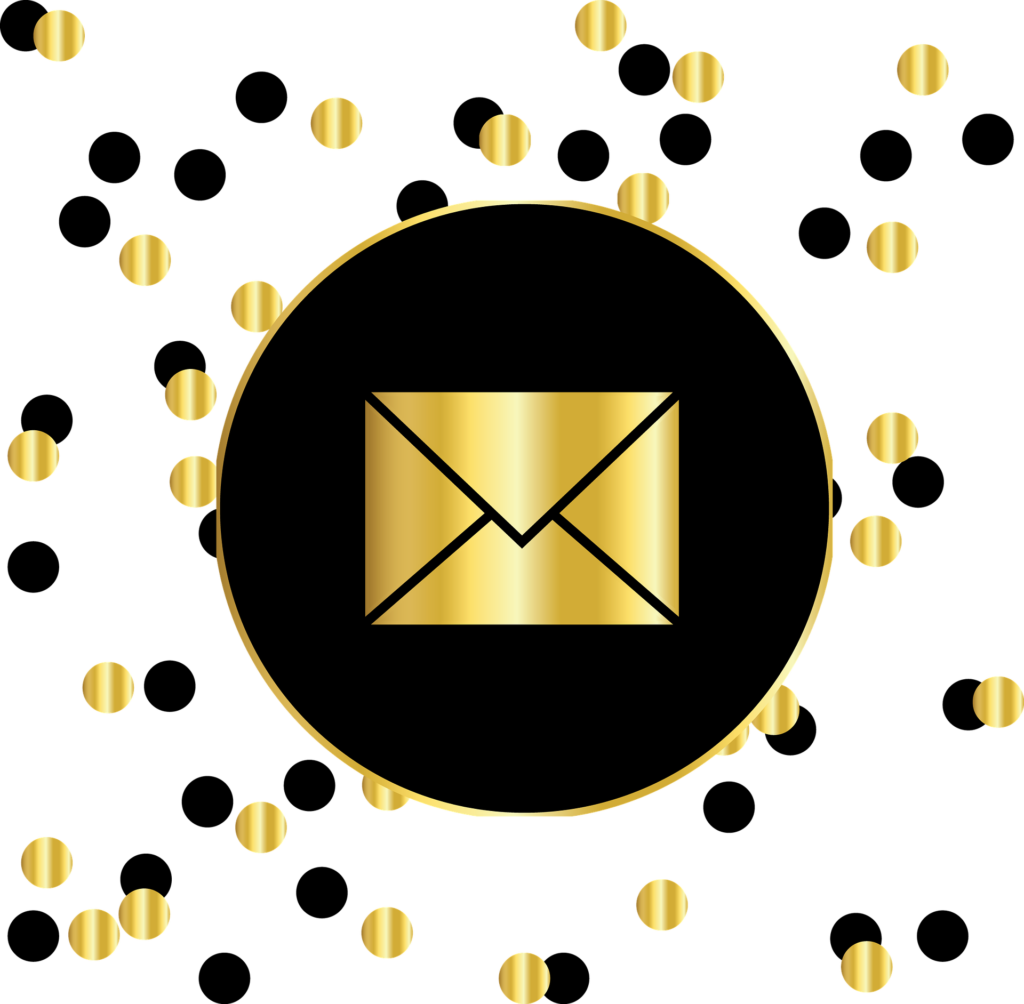
We’re all very hopeful about 2021. The predictions suggest that by late summer, our lives will be more “normalized” again. And that bodes well for the health and welfare of radio broadcasters.
After a pressurized year with less commuting, more working from home, unemployment, and rampant health problems, the hope is that radio can regain its balance. As COVID begins to fade, it will be even more important to regain the attention of radio listeners looking for something to listen to, things to do, and businesses to support.
But aside from your own air, what marketing resources can most stations marshal? Many companies won’t be in a position to pay for outside advertising: billboards, direct mail, television, social media ads.
If that sounds like your operation, there may be some good news. A marketing tool that is personal, customizable, attention-getting, engaging – and free – may be at your fingertips.
Of course, I’m talking email.
Strategic email marketing is an art, often overlooked by even the most experienced promotion mavens. But signs point to the efficacy of email marketing, especially now as we collectively crawl out of this pandemic.
A story in MediaPost earlier this month from Ray Schultz says it all:
“Almost All Retail Brands Are Increasing Their Email Budgets in 2021”
That’s according to research from Emarsys that is pretty darn definitive. In fact, 98% of retail brands here in the U.S. say they’ll increase their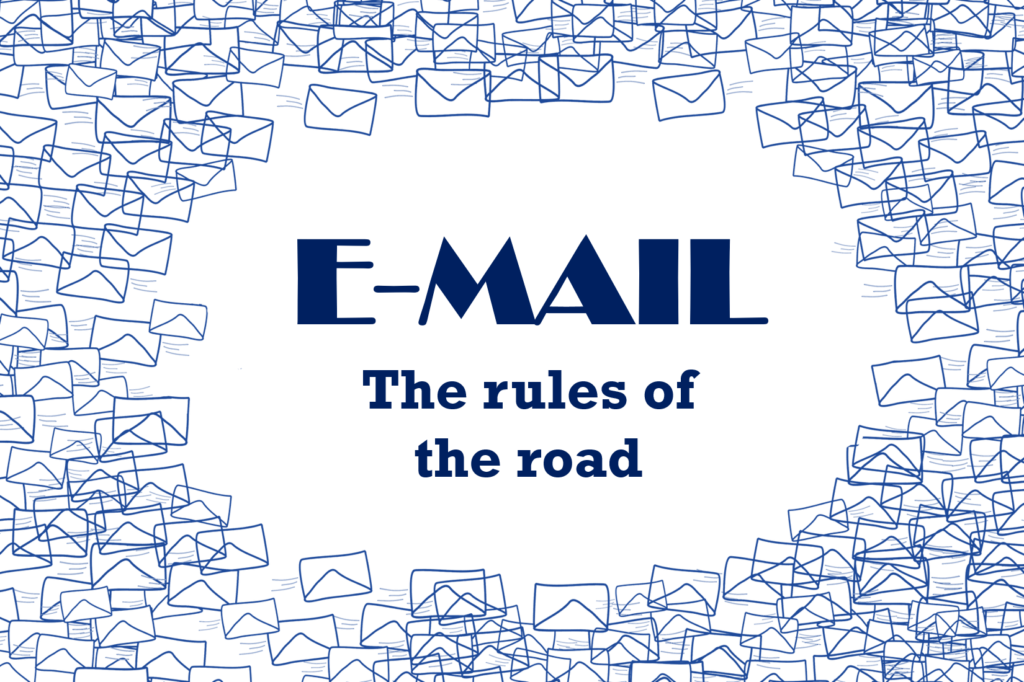 spending on email marketing. In fact, over a third say they plan to boost their email budgets by 50% or more.
spending on email marketing. In fact, over a third say they plan to boost their email budgets by 50% or more.
Those are strong numbers for the study that surveyed 1,000 marketers here in the U.S., representing large retail operations.
But there’s a catch.
Rather than using some of the tried and not-so-true email marketing techniques – like email “blasts” – Emarsys recommends brands rethink their typical email tactics.
Here’s how they break it down:
1. “Selly” emails – Too often, emails we receive from retailers are all about generating business – sales pitches, coupons, come-ons to sign up for things. Instead the idea is for brands – retailers and yes, radio stations – to offer benefits to customers/listeners, rather than trying to sell them. Put yourself in the shoes of the audience when crafting emails. W.I.I.F.T. – what’s in it for them?
2. The quick hit – In a similar vein, Emarsys recommends against going for that immediate call to action, and instead, thinking about long term customer engagement. For radio stations, it’s good advice. Because if brands want to stand the test of time, they need to build trust with fans. That takes time.
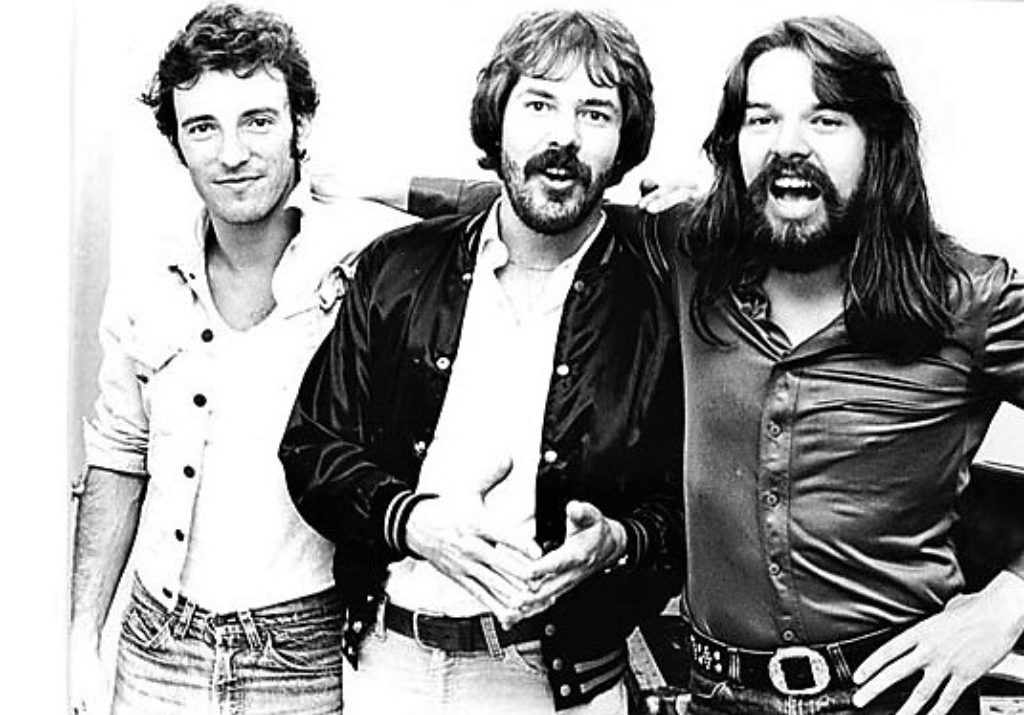
Early on in the radio email marketing cycle, WCSX here in Detroit sent out an email to its base – a funny story by morning guy Ken Calvert (pictured right – Ken’s the dude in the middle) who fell off his garage roof while trying to sweep snow away. At the time, I argued against these “What’s the point?” emails – until I heard respondents in L.A.B. groups retell Ken’s story for years.
Today, an engaging story from a personality, a fun video, and other entertaining content are precisely the things that major brands are striving to create for emails. In radio, this type of material is not difficult to come by.
3. One size fits all – Marketers often settle for “email blasts,” an archaic concept that does nothing to segment or personalize content. Smart brands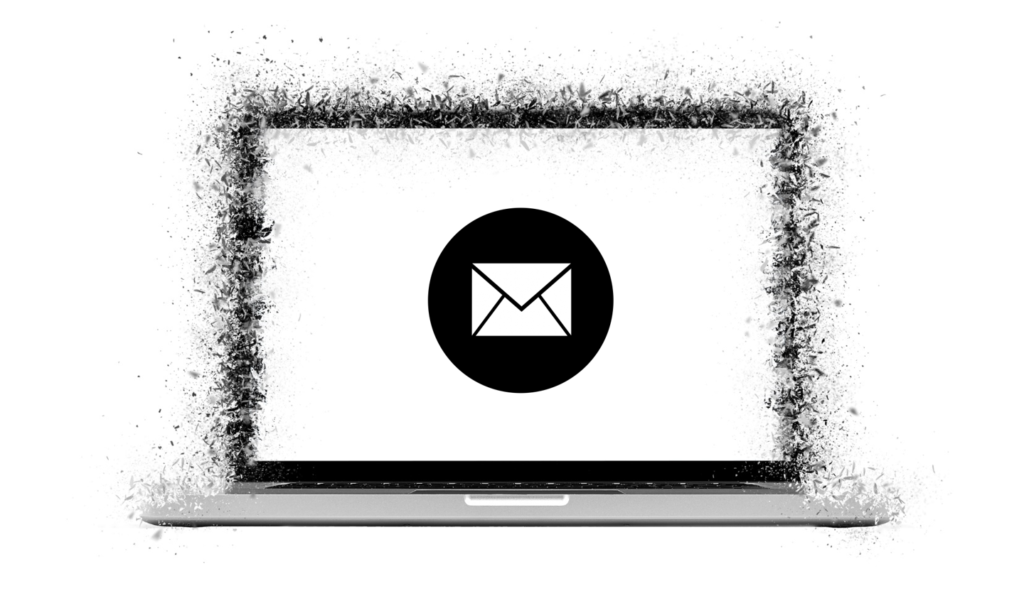 know their audience – who they are, where they live, and what they like.
know their audience – who they are, where they live, and what they like.
On the radio side, taking the time to survey your database – their favorite artists, vacation spots, entertainment preferences – can provide a better response and give the audience that sense you “get” them.
4. Laundry lists – Radio station emails are especially guilty of cramming lots of content into a single email – often more than a half dozen 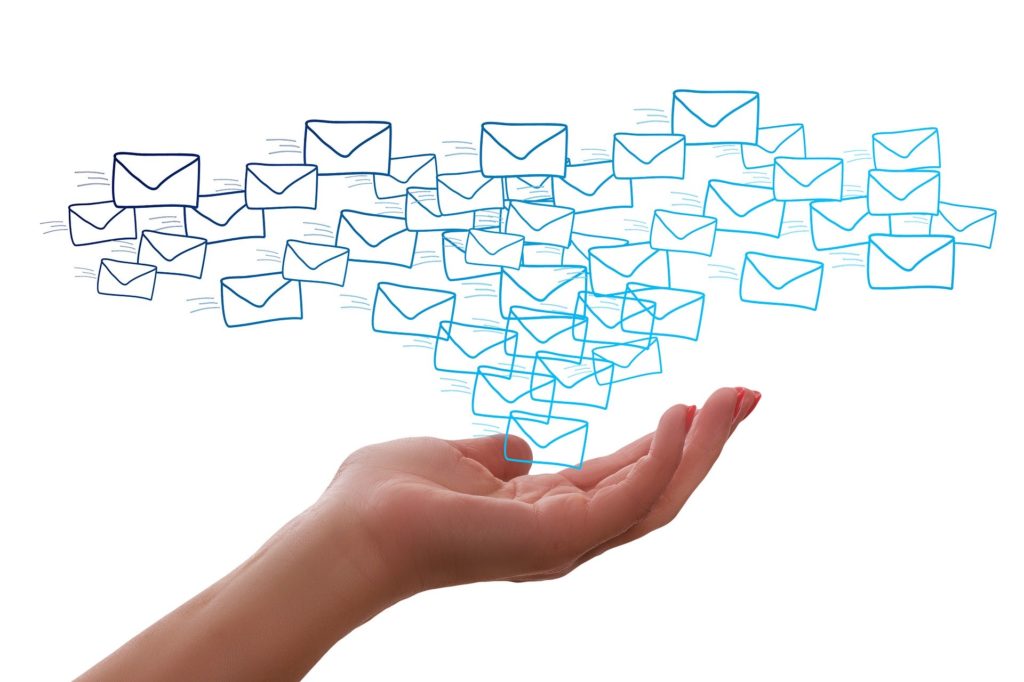 promotions, contests, sales coupons, and other thing-we-want-you-to-do. The reality is that most fans read the first or second item before moving on.
promotions, contests, sales coupons, and other thing-we-want-you-to-do. The reality is that most fans read the first or second item before moving on.
Or even when they survive the entire email, they don’t retain information about most of the listed items because there are too many of them.
There’s a lot to be said for single-purpose emails that talk about just one thing – and do it well.
5. Let the intern write it –
Communication with your core audience – i.e., the folks who opted into your email database – should be personal, strategic, on-point, and grammatically correct. Too often, programmers and marketers get busy, and either delegate the task to a staffer who may not know the nuances or do it themselves, often on the fly.
Connecting with fans is a wonderful opportunity that should never go wasted or taken for granted. Great messaging is everything.
6. Abusing the privilege – A couple decades ago, radio stations weren’t in the position where they could aggregate thousands and thousands of fans, and send them communiqués – for little-to-no cost.
I remember working with stations in the ’90s where fans would fax us their home addresses, we’d enter them into a crude database, and then we’d tactically mail flyers and post cards to them – at a very high cost. Because of the postage, most stations could only afford to do these database mailers a couple times a year.
But with email, we can send out emails whenever we like. And for some stations, there’s a tendency to inundate fans with junk mail that’s not wanted. And on the other end of the spectrum, ignoring the email database – until we need them for something. Most station fans concur a weekly email is about the right frequency – assuming the content is relevant.
7. Help the sales department – Most radio stations know very little about who’s in their email databases. But simple surveys can reveal who in your fan club is planning on taking a vacation this year, getting married, buying/leasing a car or truck, remodeling their homes, etc.
While these homemade research studies won’t likely reveal hundreds of prospects in these categories, a hot group of a couple dozen prospective car buyers can be every bit valuable to a local dealership to those remotes you’ve had to stop doing.
This is why 98% of global retail brands are pivoting to email in 2021. They especially want to hit their best customers with deals, new product launches, and other attractions during a time when marketing budgets may be tight. And that’s precisely the same mindset your sellers could be using, in concert with your digital team.
Outside of flyers under windshield wipers, it doesn’t get much more “old school” than email marketing. But that’s precisely the point. When it comes to targeting, calls to action, and expense, there may be no better weapon in the marketing sales kit.
For too long, that email database has been an under-utilized tool – an afterthought in most marketing and promotions meetings.
In 2021, it could be your station’s go-to tactic – for programming, sales, awareness, and engagement.
- Media And Technology In 2025: Believe It Or Not! - April 18, 2025
- In Radio, You Just Never Know - April 17, 2025
- The Secret To Making A Great Podcast (And Great Radio) - April 16, 2025




I have an email database program at Lite 96.3 that is over 10 years old. We reward listeners twice a day during the workday using that database. We use it for sales and listener retention. We still have an open rate of over 25%. And we have big TSL during the workday. Email is not dead. It can be your best tool for the cost.
Diane, thanks for the story. Wei. Well branded stations use email strategically, it can be powerful.